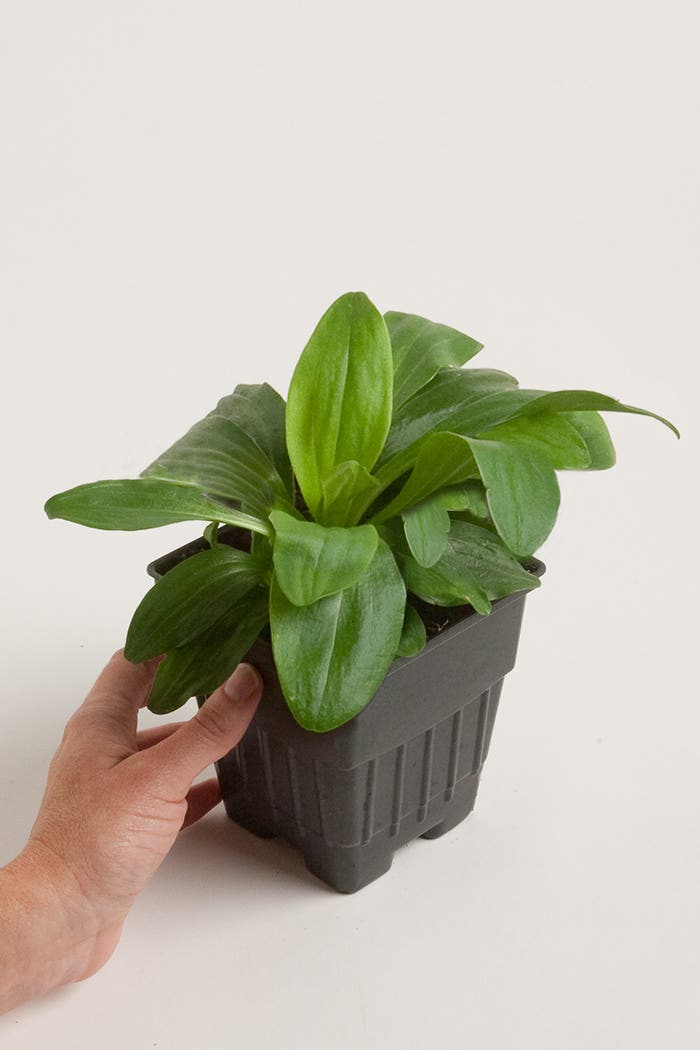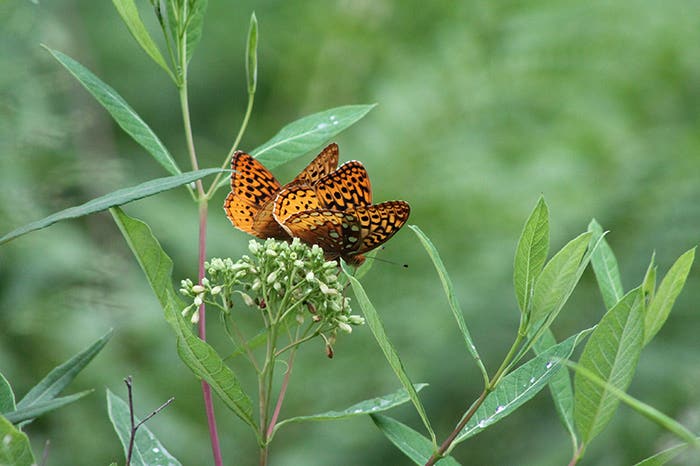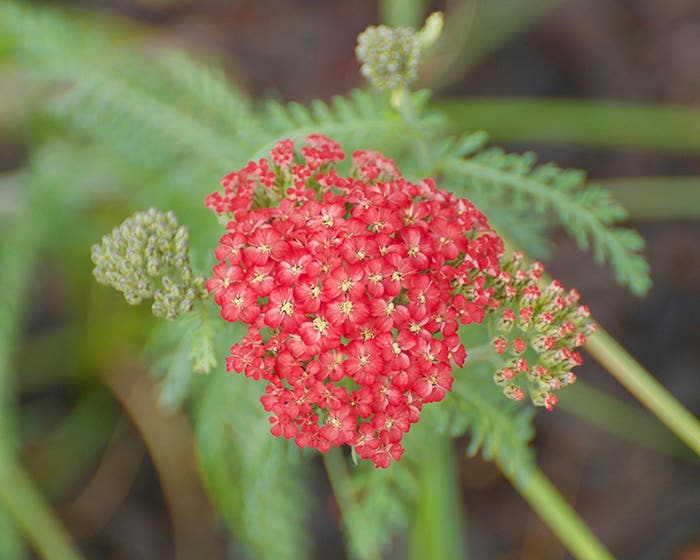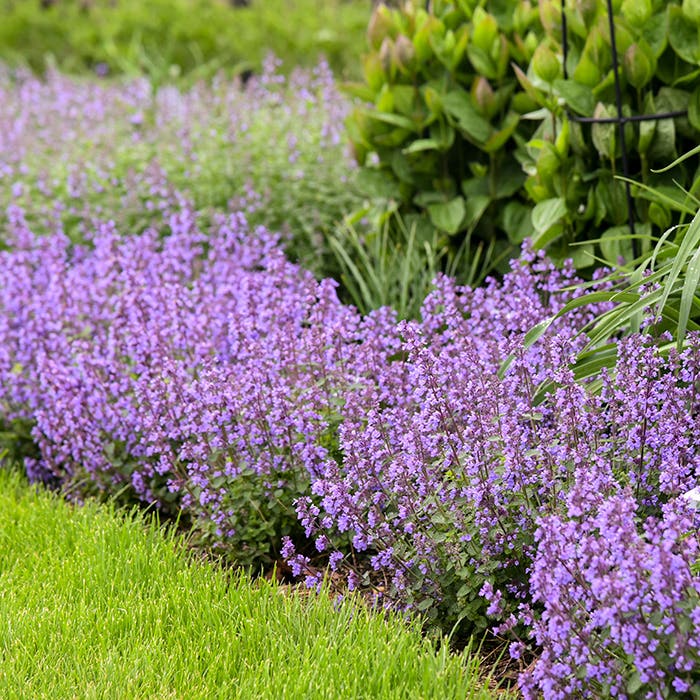Basic Spring Lawn Chores
Get off to a good start with these spring lawn-care tips.
Get off to a good start with these spring lawn-care tips:
On a dry day after the last frost, rake the lawn with a wide plastic rake. Chances are you'll pick up leaves, twigs and branches. Save them—you can shred them and use them as mulch.
Get the lawn mower out and cut the grass on a low setting. This removes any additional loose material. (In subsequent mowings, use a taller mowing height.)
Inspect the lawn for thatch—a matted blanket of dead grass blades between the live ones. If this isn't removed, it can prevent air, water and nutrients from reaching the roots. If the lawn is small and the thatch mild, remove it with a vigorous but careful raking with a plastic rake. Thicker thatch requires a thatch rake or a power thatching machine rented from a hardware store.
If you find bare spots in the lawn, over-seed them. Aerate compacted soil first. To choose the best grass mix for your lawn, consult your cooperative extension or a garden-center professional. The right mix depends on the amount of sun the site receives, how much supplemental water you're willing to give and the amount of foot traffic the grass endures.
To over-seed, remove any rocks and weeds. Spread the seed with a rotary spreader for even dispersal. Gently rake soil over the new seeds. A "weed and feed" starter fertilizer/herbicide can be applied if acceptable to you; it kills weed seeds and feeds the new grass. Keep new seedlings moist but not soggy, and water gently with a sprinkler. Wait several weeks before cutting a new area of lawn.







